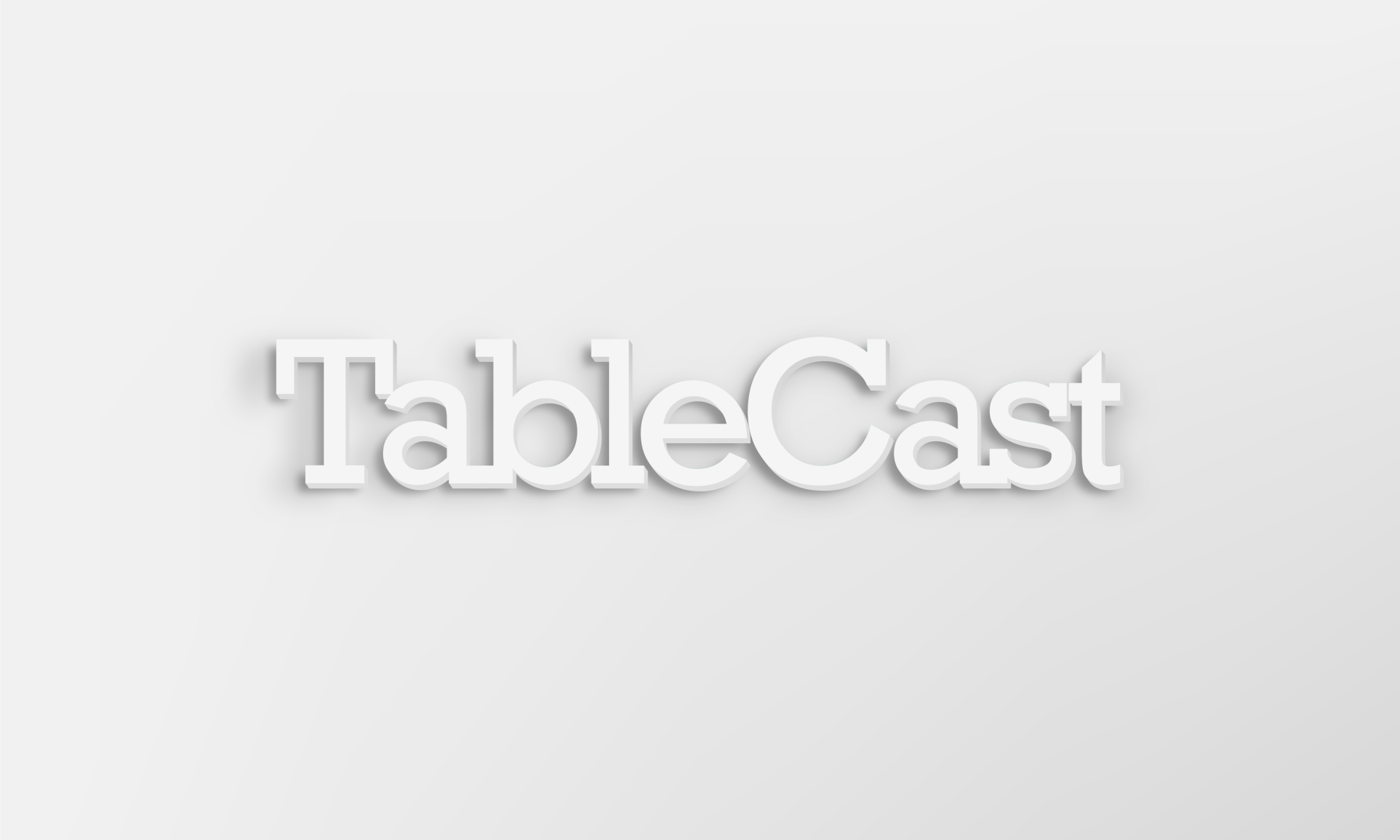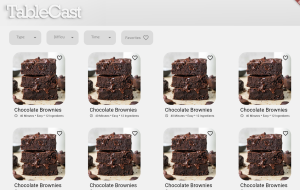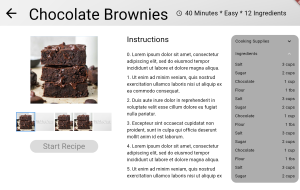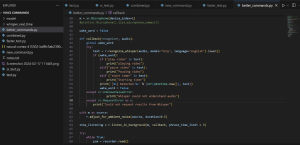There are two significant risks – one is the projector, which has been an ongoing risk. The risk of knocking down or dropping the projector is still a concern because we have not finished this portion of the project. However, we have figured a way to somewhat mitigate this risk, which will be discussed in the system design changes paragraph. Another risk is the object reidentification. It might not work as well once implemented due to lighting conditions. Right now, the implementation uses the UI wireframe, which has less uncertainties as in a real kitchen. We will have to do testing to see how much of a problem this will be – if it is one. To manage this, we will experiment with different lighting conditions.
One change that we have made is simplifying the projector mount. Instead of having the user set different angles during calibration, we will instead fit the projection to any angle – within reason (the projector still must be pointed at the table). We are doing this by computing a homography between a sample image taken by the camera and the image on the screen. Now, we do not need to make the projector mount rotate up and down. The change will make the mount cost less because we do not need a rotation mechanism.
No changes to schedule. We are on track.





